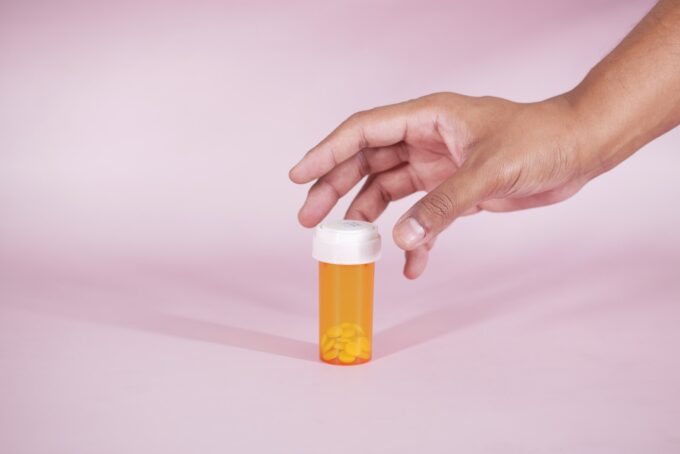
The issue of prescription drug abuse has become alarmingly widespread. What began as the opioid epidemic quickly spiraled into a nationwide crisis affecting individuals, families, and communities.
As the demand for addiction treatment has grown, pioneering initiatives like fentanyl rehab in Utah are making strides to combat these dangerously addictive drugs. This article delves into prescription drug abuse, its consequences, and how it can be prevented.
Understanding Prescription Drug Abuse
Drug addiction has long been seen as a problem connected primarily to illegal substances like heroin or cocaine. However, this real crisis has its roots in a seemingly innocuous place – our medicine cabinets. Prescription drugs are often prescribed for relieving pain or anxiety and are considered helpful to patients at first glance. Still, misuse and addiction patterns have grown rapidly in recent years.
Opioid painkillers, such as oxycodone and hydrocodone, are among the most commonly abused prescription drugs. The dangers of prescription drug abuse include addiction and overdose, leading to many health issues or even death. For instance, in 2019 alone, it was estimated that 49,860 Americans died due to opioid-involved overdoses.
Preventing Prescription Drug Abuse
So what can be done? Several proactive steps can assist in preventing prescription drug abuse:
1. Educating patients and healthcare professionals
Education surrounding prescription drugs is crucial to preventing abuse. Patients must be informed about the proper usage of medications and their potential risks. Similarly, healthcare professionals should receive training on safe prescribing practices, identification of drug-seeking behaviors in patients, and recognizing their own biases when prescribing.
2. Monitoring programs for prescription drugs
Prescription monitoring programs (PMPs) facilitate better communication between healthcare providers by tracking patient prescriptions across multiple outlets. This enables pharmacists and physicians to intervene when they suspect misuse or over-prescription.
3. Disposing of unused medications properly
A substantial amount of misused prescription medications are obtained from the medicine cabinets of acquaintances or relatives. Proper disposal of unused or expired medications prevents them from falling into the wrong hands. Many pharmacies feature drop boxes where people can deposit unused medications, and numerous communities hold prescription drug take-back events throughout the year.
4. Encouraging appropriate alternatives
Addressing the root cause of pain, anxiety, or difficulty concentrating allows physicians to propose alternative treatment options. Non-addictive pain relief methods like physical therapy, counseling, and relaxation techniques may be suggested as treatment options to limit patients’ potential for abuse.
5. Strengthening regulatory practices
Policy interventions restricting the over-prescription of medications should be enforced. The development of new legislation, guidelines for dosing limits, and emphasis on patient assessment can aid in curbing this epidemic.
6. Reducing the stigma of seeking help
Fighting against prescription drug abuse requires addressing the societal bias linked to addiction and mental health concerns. Encouraging patients struggling with abuse to seek help or offering resources like fentanyl rehab can significantly impact prevention efforts.
Prescription drug abuse cannot be eradicated overnight. It requires effort from healthcare providers, policy-makers, researchers, families, and communities. Adopting multifaceted strategies that include prevention, intervention, and treatment can make significant strides in alleviating the burden of this epidemic.














